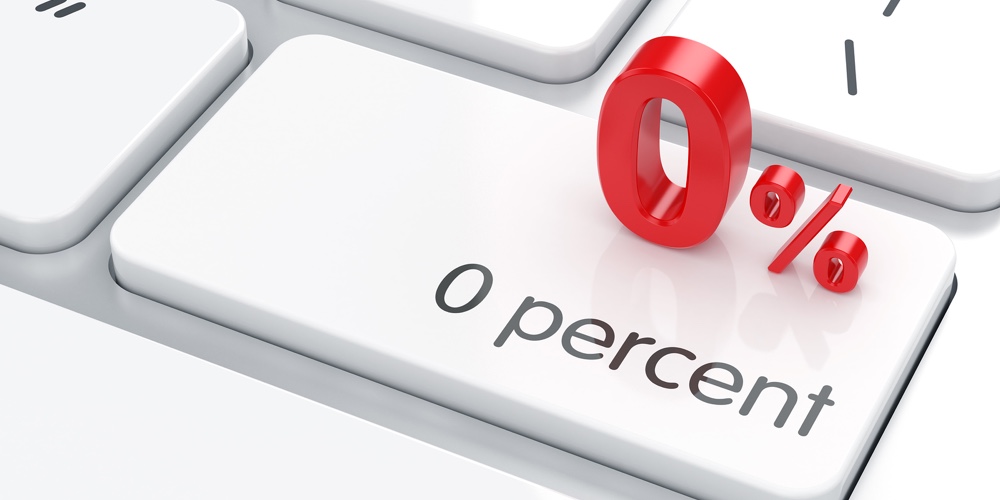Breaking the economy’s addiction to zero interest rate policy won’t be easy
Kicking ZIRP could be accompanied by pain in the form of recession or a break in the financial system.

For many years, we’ve written about our belief that the global economy is akin to a living organism that progressively adapts to its changing environment. In that regard, Darwin’s theories are as important as college textbooks and doctoral theses in the pantheon of economic thought. Sadly, the moving target presented by an evolving economy also makes forecasting its future a bit of a fool’s errand. Traditional static models and historical data have a decay factor, meaning they become less useful as time passes. That sets the stage for economic surprises and crises that seemingly appear out of nowhere.
Since the 2008 financial crisis, the global economy was mutated by central banks seeking to create growth and lift inflation rates to higher but still benign levels. For more than a decade, the U.S. Federal Reserve was on the front lines of an effort to achieve a 2% average inflation rate that it considered supportive of acceptable rates of growth. Zero interest rate policy, or ZIRP, was adopted to remedy an economic hangover from the crisis, so the central bank’s balance sheet was exploded in size to create looser financial conditions. Along the way, the financial ecosystem adapted to its new ZIRP environment to the point where any change in direction would be disruptive.
There is little question that recent high inflation is a byproduct of imbalances created during and in the aftermath of the COVID-19 pandemic. It turns out printing a mountain of new money while nearly shutting down production in the economy is inflationary. Who knew? (Yes, that’s sarcasm.) Inflation wears at the very fabric of a nation far more than a typical recession, so policymakers have staunchly committed to stopping it in its tracks. They’re using all the tools they have at their disposal, and that has led to an abrupt reversal of ZIRP.
continue reading »
